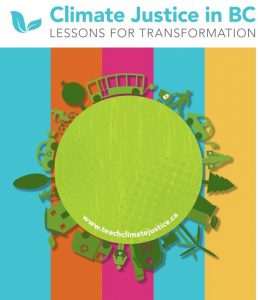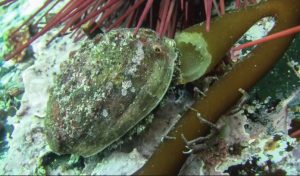Module 4 Weblog
Laurie Campbell
In Module 4, I thought more about how we engage with other cultures as we examine our own cultural values. This was a hard one for me, as I’m not sure that I’ve spent the necessary time on introspection. One of the reasons I went into the MET program at UBC, however, is because of the time I’ve spent thinking about the value I place on STEM education for all students, including the indigenous students in my classroom. As a member of the “dominant” culture in southern Alberta, I think I will spend some time in this weblog looking at sites that promote science and technology learning for aboriginal students. Maybe this will be a way for me to reconcile my own cultural values with those of the Blackfoot students in my school. Aboriginal students in Canada seem to be missing out on some of the opportunities available to other students for STEM education. Perhaps one of the reasons STEM education is sought after in my (fairly affluent) school is because it is seen as a way for students to ‘get ahead’ and out-compete others for future job opportunities. I’m oversimplifying, but perhaps the value my culture places on individualism and competitiveness has something to do with the success some students have in STEM education, whereas someone from a more collaborative, community-valuing culture may not place the same emphasis on STEM. I’m sure my own prejudices are showing here, and I’m not at all sure that my wild guesses are even appropriate, but I’m hoping these links will show that STEM activities are indeed compatible with indigenous ways-of-knowing and of value to ALL learners, including aboriginal students.
- InSTEM – Indigenous Youth in STEM
https://actua.ca/en/programs/national-aboriginal-outreach-program/
I stole this link from Domenic Maggiolo (thank you!) in our course. InStem is “… a customized, community-based approach to engaging First Nations, Métis, and Inuit youth in locally and culturally relevant STEM education programs.” Actua received funding from the Government of Canada as well as Google and Suncor, among others. They describe themselves as “a national charity that is preparing youth to be innovators and leaders by engaging the in exciting and accessible STEM experiences that build critical skills and confidence” and advertise that they reach 250,000 youth each year. Their network members offer camps, workshops and clubs.
- Actua – Coding the Future: What Canadian youth their parents think about coding
https://actua.ca/uploads/Actuas_Coding_the_Future_Survey_Report.pdf
I liked this paper, because of their focus on comparing parent values and child interest in coding, allowing us to see a snippet of cultural value transfer in action. They state that:
- Over 92 per cent of students and parents believe that knowing how to use digital technology will be very or extremely important to their future careers.
- There remains a socio-economic divide. Parents with a higher education and income regarded digital technologies and careers as more important than those with a lower education and income level.
- Google’s Codemakers program launches in Iqaluit
https://www.cbc.ca/news/canada/north/google-s-codemakers-program-launches-in-iqaluit-1.3009996
This article highlights students in Iqaluit as they combine computer programming and throat singing. Students got to work with the music software and also with Nelson Tagoona, a “well-known beat boxer” known for pioneering “throat boxing”. This blend between high-tech and indigenous culture is an example of how youth can become more engaged when given the opportunity.
- “Elders of the Future” Exhibit
http://www.uleth.ca/research/centres-institutes/institute-child-and-youth-studies/elders-future-exhibit
This was a photography exhibit in Lethbridge, Alberta, “created and curated by a multi-generational and multi-cultural team, including Blackfoot community members,” celebrating the resiliency of local Blackfoot communities through their family and child-rearing practices.
- Aboriginal Science and Technology Education Program – Mount Royal University
http://www.mtroyal.ca/ProgramsCourses/FacultiesSchoolsCentres/IniskimCentre/AboriginalScienceandTechnologyEducationProgram/index.htm
Mount Royal University here in Calgary offers this program to indigenous students preparing for and studying in the Bachelor of Science and Bachelor of Computer Information Systems degree programs. They offer, “…academic and personal advising, funding application support, tutorial support, cultural and social support, social events and coordinate visits from Elders and other community members”.


